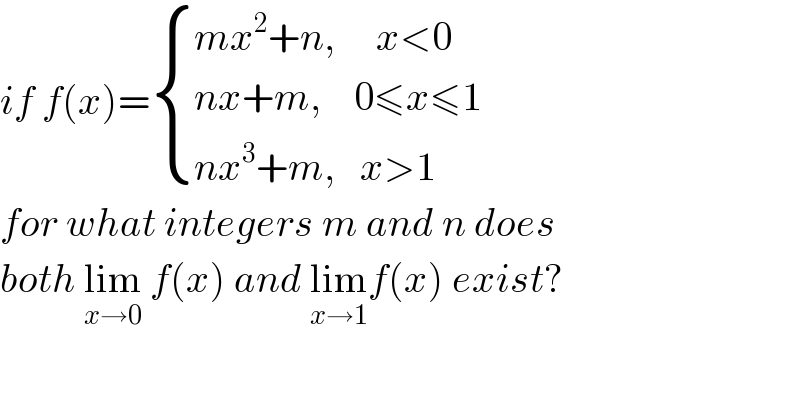
Question and Answers Forum
Question Number 27700 by NECx last updated on 13/Jan/18

Commented byNECx last updated on 14/Jan/18

| ||
Question and Answers Forum | ||
Question Number 27700 by NECx last updated on 13/Jan/18 | ||
 | ||
Commented byNECx last updated on 14/Jan/18 | ||
 | ||